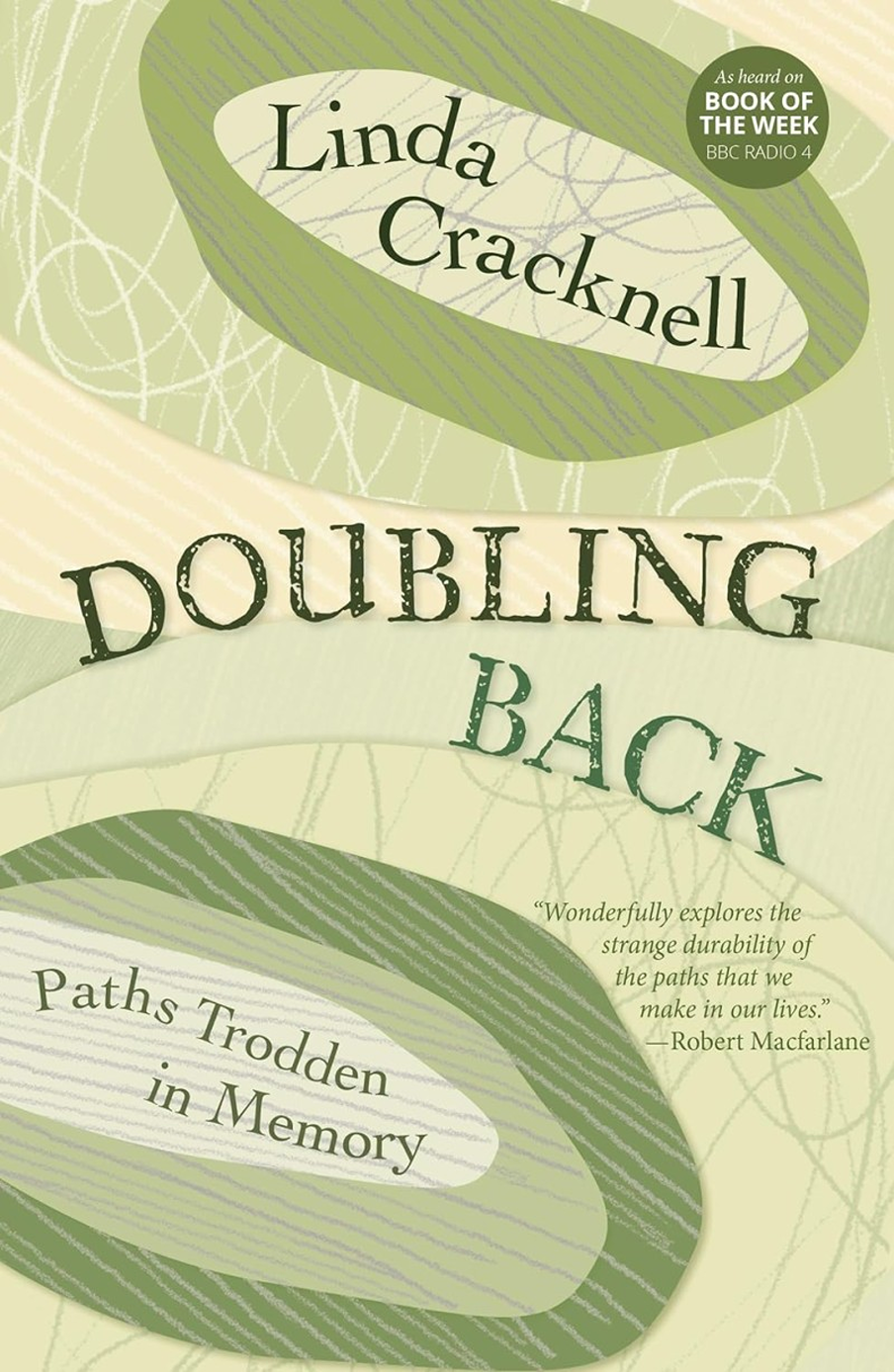
You’ve likely heard of Areas of Outstanding Natural Beauty. But what are they exactly? AONB is a term protected by the CROW Act (Countryside and Rights of Way) and is protected by law to stop people coming along and building on it. England’s largest AONB is the Cotswolds. Home to many burned-out rock stars who can afford sky-high priced honey-coloured cottages, made from local limestone. The population is fairly low apart from in tourism season. Covering 800 square miles, the name is a blend of Cot (sheep enclosure – ie. dry stone walls) and Wold (a hill). So the name literally means ‘sheep enclosure on a hill’.
Although many people think of Gloucestershire as home to the Cotswolds, they actually are across 4 other counties (Oxfordshire, Warwickshire, Wiltshire and Worcestershire) and are pretty near the town of Stratford-upon-Avon (the second-most visited tourism site in England, due to links with Shakespeare) and the beautiful city of Bath. If you venture up Broadway Tower, you not only can see the whole of the Cotswolds, but views for 60 miles across 16 counties!
There are just 34 AONBs in England, which is quite concerning, if you think about it. These and England’s 9 National Parks cover around a fifth of all our land area, and include thousands of listed buildings and protected archaeological and historic sites. Such areas are not just beautiful but must be fairly distant from roads or housing and only have ‘quiet natural sounds’ like birdsong or running streams. Sounds idyllic! The decisions are made by Natural England (a public body – not this site, although a similar name!)
other Areas of Outstanding Beauty
There are of course 33 others, though many are at risk of modern planning. Unfortunately environmentalists usually lose their case – a road was built near a Dorset AONB and the most controversial was Falmer Football Stadium, built on the Sussex Downs, despite fierce opposition from conservationists. The other AONBs in England are:
- Arnside & Silverdale (Cumbria) is a village a few miles south of the Lake District National Park, known for its beautiful walks and wildlife.
- Blackdown Hills (Devon) is on the Somerset border, a landscape of forests, rivers, streams and steep valleys, with many pretty villages.
- Cannock Chase (Staffordshire) is a beautiful wild area, bang in the heart of the West Midlands.
- Chichester Harbour (West Sussex) is natural and not developed, like most harbours. Just southwest of the city, but home to lots of wildlife.
- The Chilterns (threatened by HS2 project) is a set of chalk hills covering over 660 square miles in Oxfordshire, Buckinghamshire, Hertfordshire and Bedfordshire.
- Cornwall (the entire county!) including its coast and pretty valleys all the way down to the village of Mousehole and Land’s End.
- Cranbourne Chase & West Wiltshire Downs are in southern England and straddles Dorset, Hampshire and Wiltshire.
- Dedham Vale (Essex & Suffolk) is on the border in Eastern England, and includes a village near the River Stour.
- Dorset (another whole county) from the Bournemouth coast to inland villages and the Jurassic Coast.
- East Devon is home to the pretty town of Sidmouth, loved by Sir John Betjeman and famously (almost) litter-free.
- Forest of Bowland (Lancashire) is filled with peat bogs, deep valleys and gritstone fells, in the western Pennine area, near Yorkshire.
- High Weald (East Sussex) covers around 1500 square kilometres covering Sussex, Surrey and Kent.
- Howardian Hills (Yorkshire) is full of Jurassic limestone with steep ridges, an archaeologist’s dream..
- Isle of Wight is England’s smallest county (apparently depending on whether the tide is in or out, then it swaps with Rutland!)
- Isles of Scilly is just 28 miles or so from the Cornish coast, and looks more like the Caribbean. However the warmer temperatures hide lots of shipwrecks in treacherous seas.
- Kent Downs are the eastern half of the North Downs and stretch from the white cliffs of Dover right up to the London borough of Bromley.
- Lincolnshire Wolds is 216 square miles of beautiful rolling green hills in untouched countryside in this fertile area of eastern England.
- Malvern Hills (Gloucestershire) are known for the water, but in fact are fairly treacherous to climb. Some mountaineers use them as ‘practice’ before ascending Everest!
- Mendip Hills (Somerset) are made from limestone, and stretch all to the way to near Bath and Bristol.
- Nidderdale (Yorkshire) is an area of the Yorkshire Dales, and features beautiful moorland and lots of lovely scenery for walking.
- Norfolk Coast is known for its wide sandy beaches (don’t walk on sand dunes and keep a wide berth from seals). It’s also home to pretty pastel beach huts.
- North Devon Coast is a more wild and less touristy area of Devon, home to towns like Ilfracombe.
- North Pennines run north to south throughout northern England, from Carlisle (Cumbria) in the west to Darlington (County Durham) in the east.
- Northumberland Coast is also known for its wide sandy beaches. But this has bells on, as castles overlook the sea! It’s also home to the Farne Islands (Sir David Attenborough’s favourite wildlife-watching spot).
- North Wessex Downs cover a large area (Berkshire, Hampshire, Oxfordshire and Wiltshire).
- Quantock Hills (Somerset) is a beautiful mix of parkland, ancient oak trees and heathland.
- Shropshire Hills overlook beautiful market towns, and contain wild open spaces and castles.
- Solway Coast (Cumbria) stretches from the town of Maryport and goes up north to the Scottish border at Rockcliffe.
- South Devon is the touristy sailing area of this large county, made up of towns like Dartmouth and Salcombe.
- Suffolk Coast & Heaths (like Norfolk) is home to wide sandy beaches and the Broads, along with ‘Constable country’ and pretty windmills.
- Surrey Hills makes up around 25% of the entire county including parts of North Downs and Greensand Ridge.
- Tamar Valley (Cornwall) stretches for 60 miles right to the Devon border in Plymouth, and has World Heritage Status.
- Wye Valley (Herefordshire) is a rural AONB with beautiful scenery and lots of wildlife, near the Welsh border.






